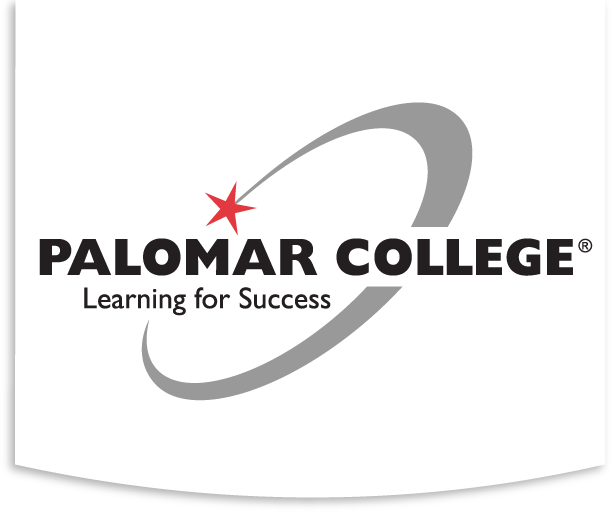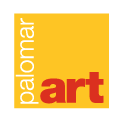The online Balboa Park Commons is open to the public.
The web-based resource developed by the Balboa Park Online Collaborative with funding from the Legler Benbough Foundation and the U.S. Institute of Museum and Library Services includes more than 20,000 “rare and significant” materials from seven Balboa Park institutions.
The website has a video to explain how to use the Balboa Commons
According to an article in the Union Tribune the website should be particularly useful for educators, scholars and researchers (representatives from each group were involved in the development of the website). It allows registered users to download images for classroom or other educational, noncommercial use. But the site should also appeal to just about anyone who is curious.
The institutions currently included on the site are:
Mingei International Museum
the Museum of Photographic Arts
the Timken, the San Diego Museum of Art
Air &Space Museum
Museum of Man and the
Natural History Museum.







